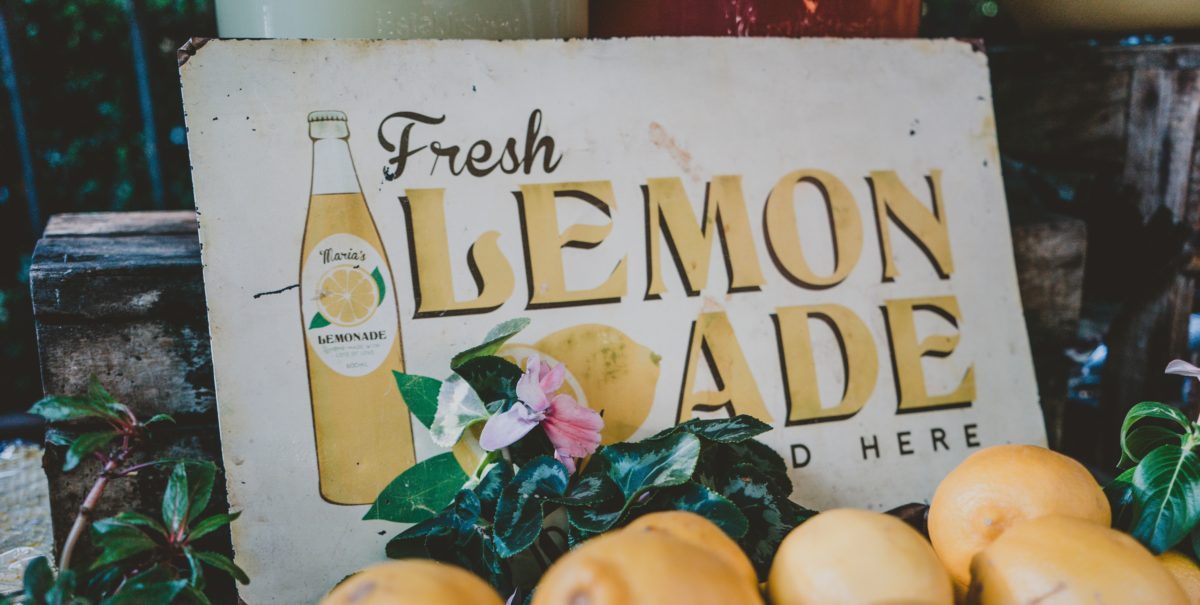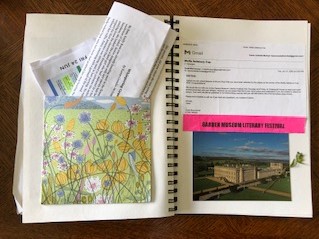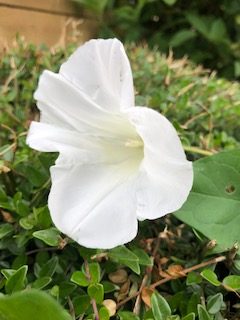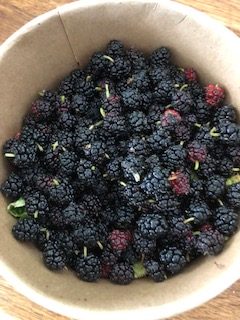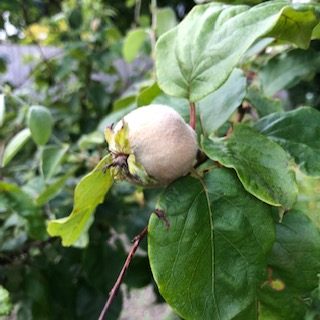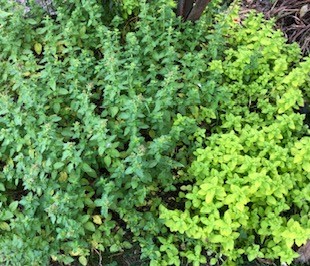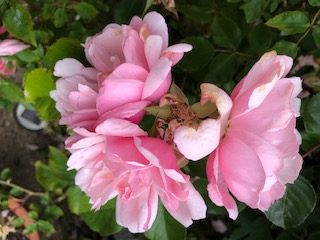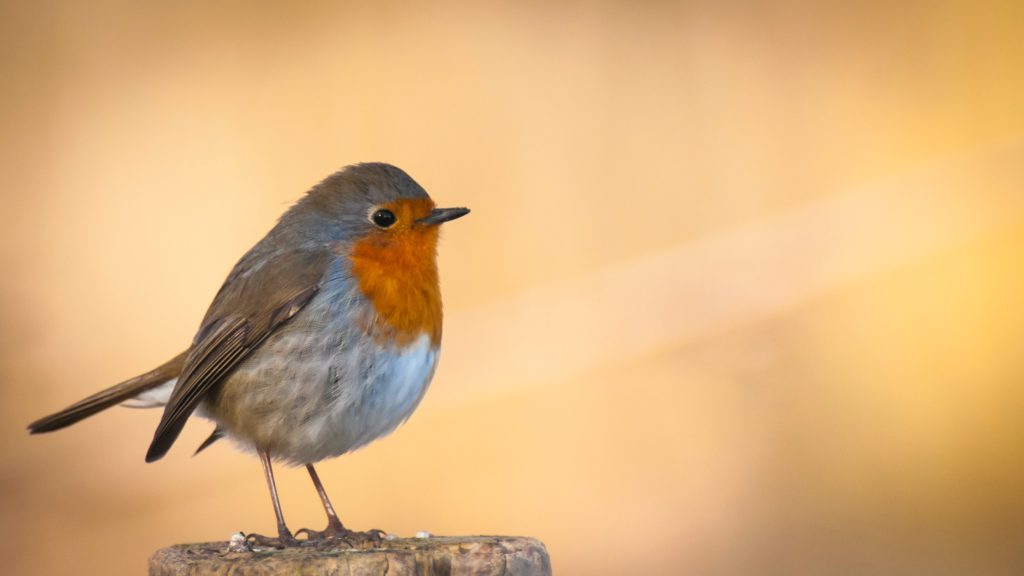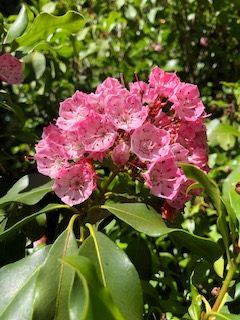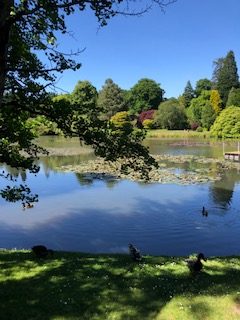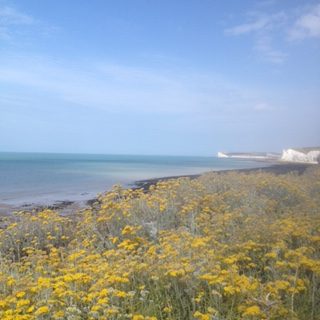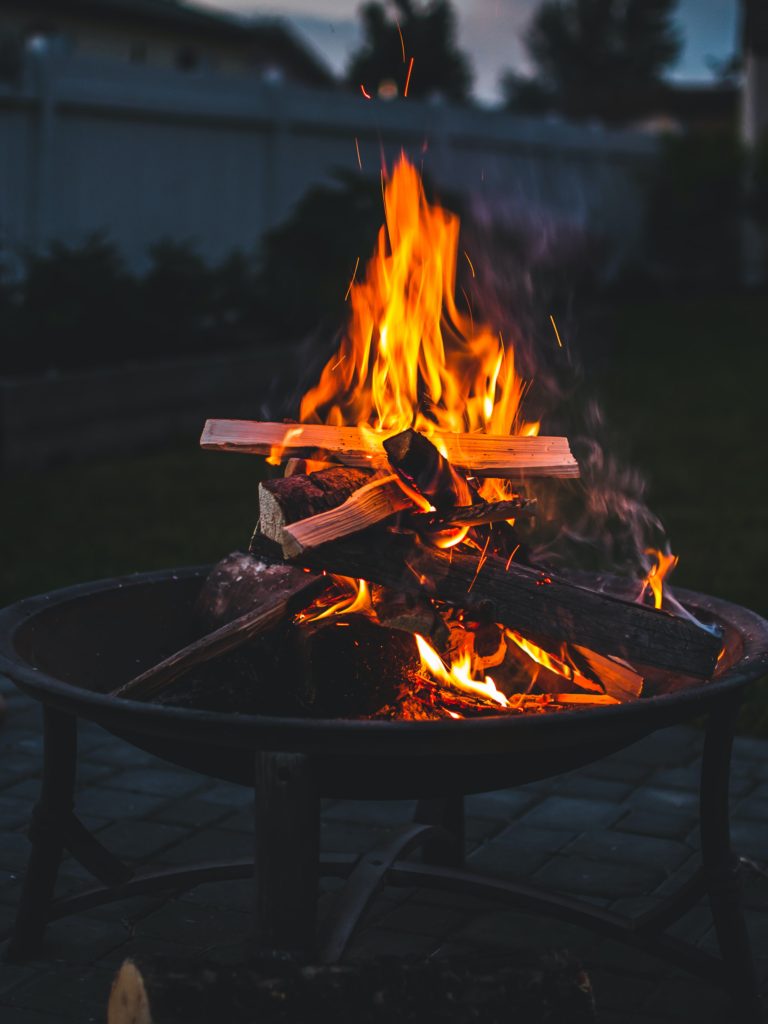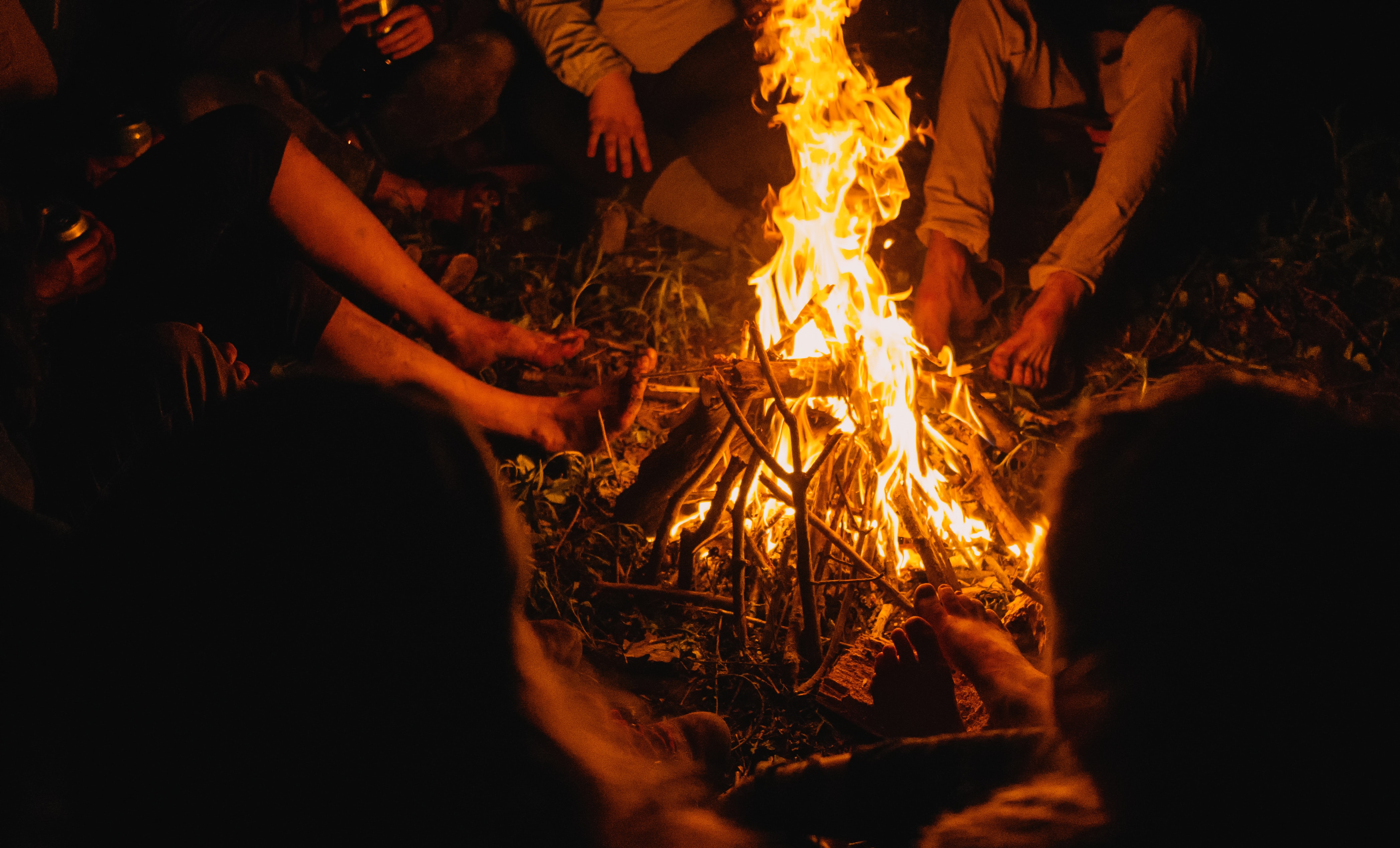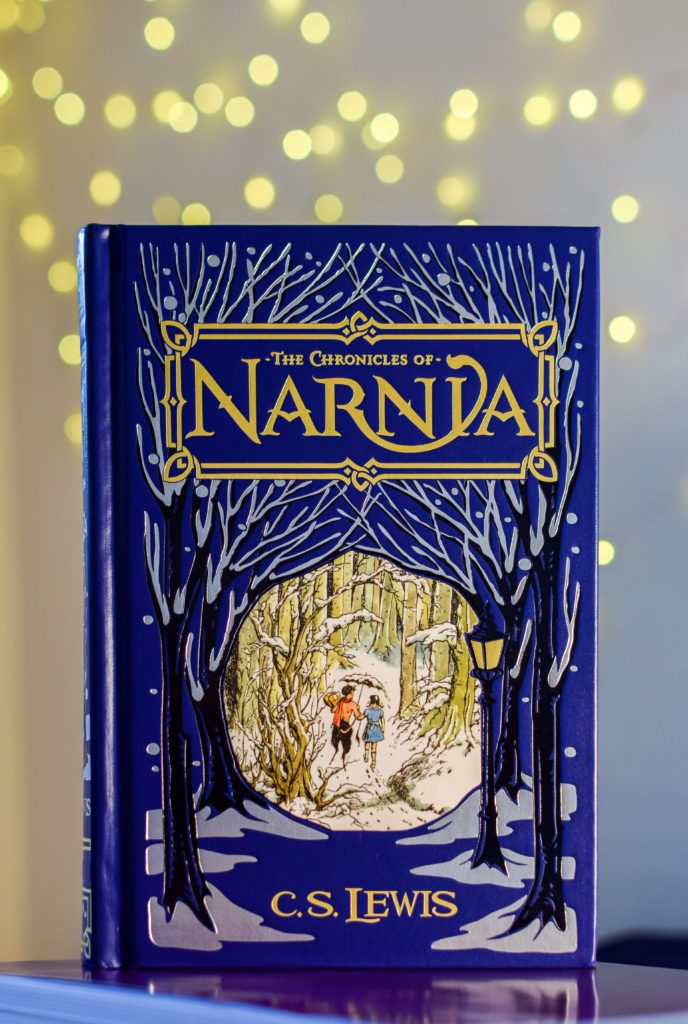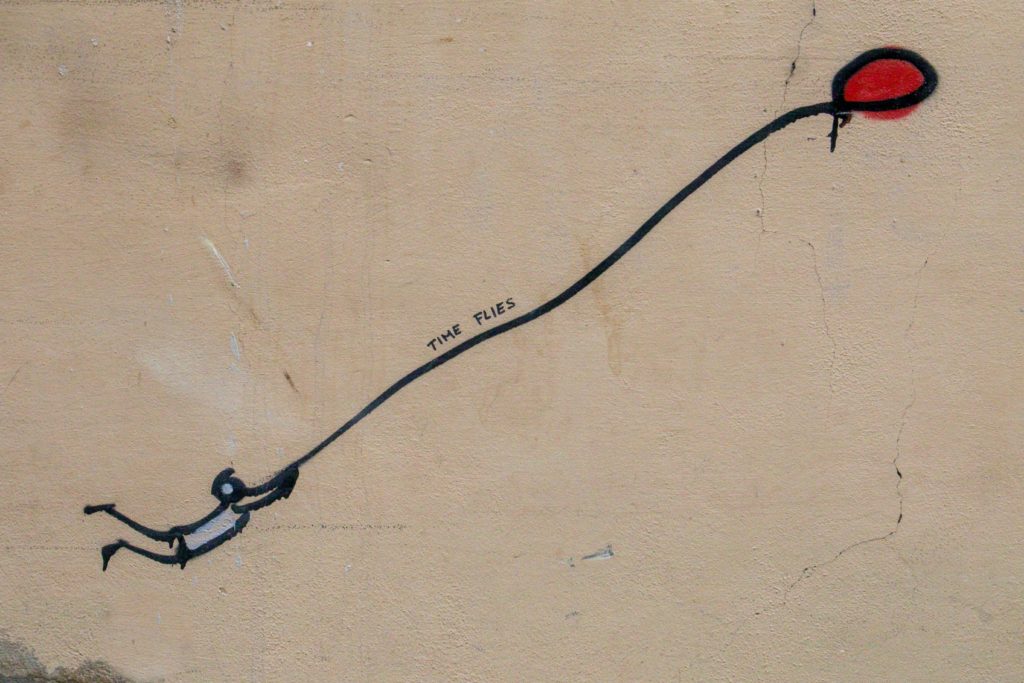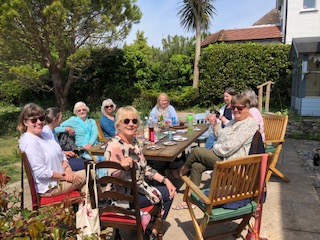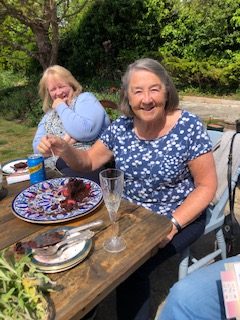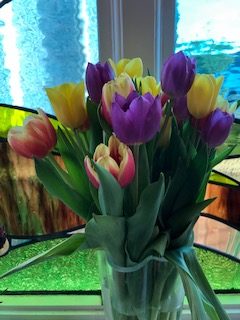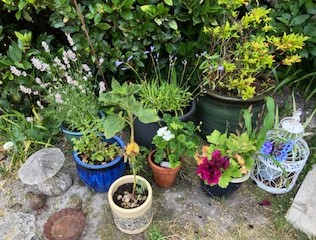
This week, I have been experimenting with meditations. I always do my loving kindness one (setting that intention feels vital for me), but it can be done discreetly while waiting for an appointment or when a free quarter of an hour presents itself.
Finding time for my formal meditation with breathing exercises has become more challenging, however. As my creative life expands, my days contract. I do not want to change that, but I do want to continue meditating. Are there other ways of doing it?
Active meditation
One option is a more active meditation. If this sounds curious to you, or even wrong, be assured that the practise is as ancient as meditation itself. Walking meditations were often performed tracing a labyrinth. There is a beautiful one inside Chartres and within the grounds of the Quaker retreat at Woodbrooke. But you do not need a labyrinth to guide you or even an especially scenic route.
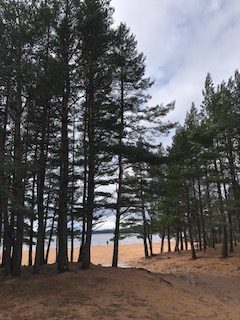
Image: Karen Costello-McFeat
Meditation is often wrongly assumed to be something one does in a silent space on a cushion with incense. Of course, you may wish to practise this way, but it is by no means necessary. My understanding of meditation is absolute attention to what is. And as we focus on something outside our thoughts: our breath, our footsteps, the details of the surrounding world, we are freed from our inner chattering brain and enter into something more eternal.
I was reading recently of someone who lived in a highly urban area and whose meditation practise was looking, really looking, at his surroundings: a cat at a window, wild flowers pushing through the pavement, the changing colours of the leaves. Such quiet focussing can be done on the way to work and would anchor us fully for the day ahead.
Garden meditation
But as you have probably guessed from the title, my favourite form of meditation is in the garden. The act of gardening, requiring physical and mental effort is an ideal way to meditate and feel virtuous at the same time.
My physical limitations mean that gardening sessions need to be quite short, but I can sit in my shed and admire the view.
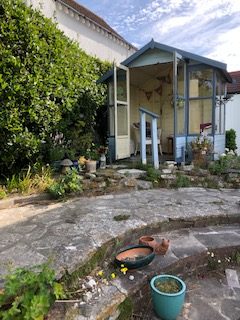
Image: Karen Costello-McFeat
So, on Wednesday, that is exactly what I did. Instead of my usual morning pages, I focussed on the world around me and noted what I experienced. The hour passed in what seemed like minutes and I had many more observations than there is room for here. But here is a taster:
The sky is Hockney swimming pool blue. The clouds so faint, it looks as if they have been lightly erased from the sky with a rubber. Startling in its contrast is the Austrian pine in a complementary green. It is the only plant in the garden to have kept its primo verde shade. The rest, dulled by late summer and a long stretch of baking heat, have turned all military hues: khaki, olive, brown.
At eight o’clock, the traffic behind the house is working itself up to a crescendo of sound, while in the garden the magpies, arguing and clacking with a machine-gun fire repetition add nature’s percussion.
This early, there is almost no scent – only the fresh, clean smell of a pristine day. Later, the gentle breeze will bring the perfume of leaves as they respire in the sunshine.
Gradually, children trickle to the school nearby and add their mix of laughter, shrieks and shouts. I love their lack of inhibition. They voice, fully and roundly, their emotions.
We are predators, so the movement of all the garden’s visitors, above and below immediately catch my eye: the elegant silvered swerve of the seagull; the Dickens’ poor-ragged wing of the crow; the comical ecclesiastical walk of the collared dove as he searches beneath the apple tree for a tasty breakfast.
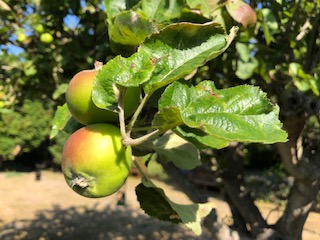
I am very comfortable in my shed, seated upon my Lloyd loom chair, coffee mug at my side. But I am not alone for long. Hermione and my husband return from her walk and she explodes into the room with her usual enthusiasm.
Meditations are seldom possible in complete quiet in my house. But that needn’t be a problem. Life is fluid. The more able we are to embrace that, the easier finding peace amidst activity becomes.

Image: Karen Costello-McFeat
Hermione is a very affectionate creature, who like a small child needs constant attention. One way to satisfy this is to hold her hand – yes, really. An interruption? Of sorts, but I can consider the silky softness of her fur, her gentle breathing and feel gratitude for her company. In a moment, she will be off with her ball.
My garden offered an endless display to enchant all my senses. If you find the idea of meditation off-putting or difficult, I would recommend spending a little time in yours or a place of natural beauty. The aim, after all, is to make our lives a living meditation connecting with the world around us and listening to ‘that still small voice of calm’ within.
